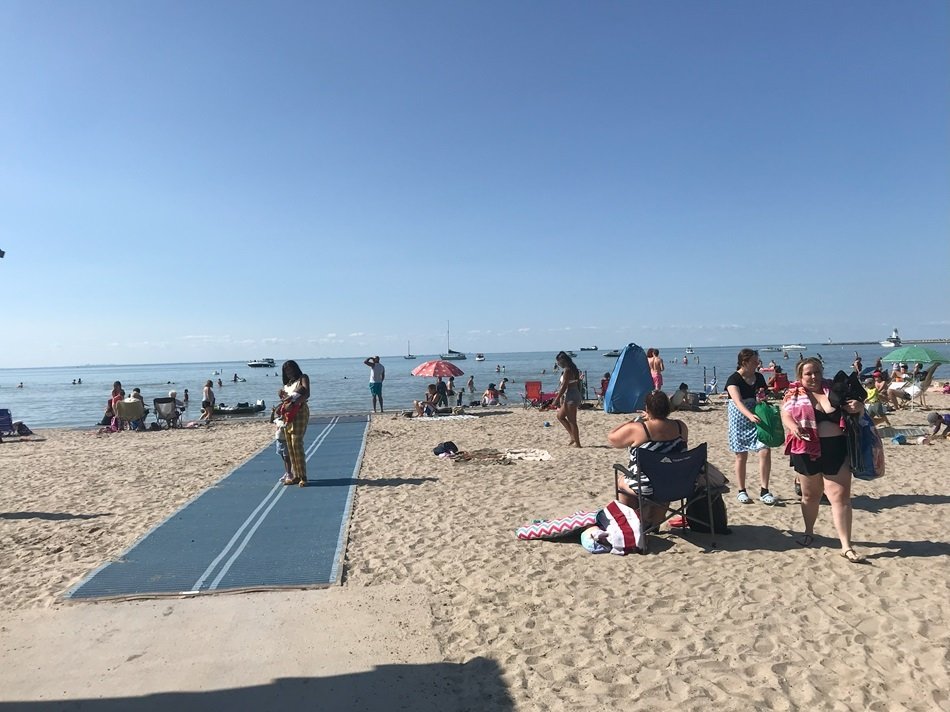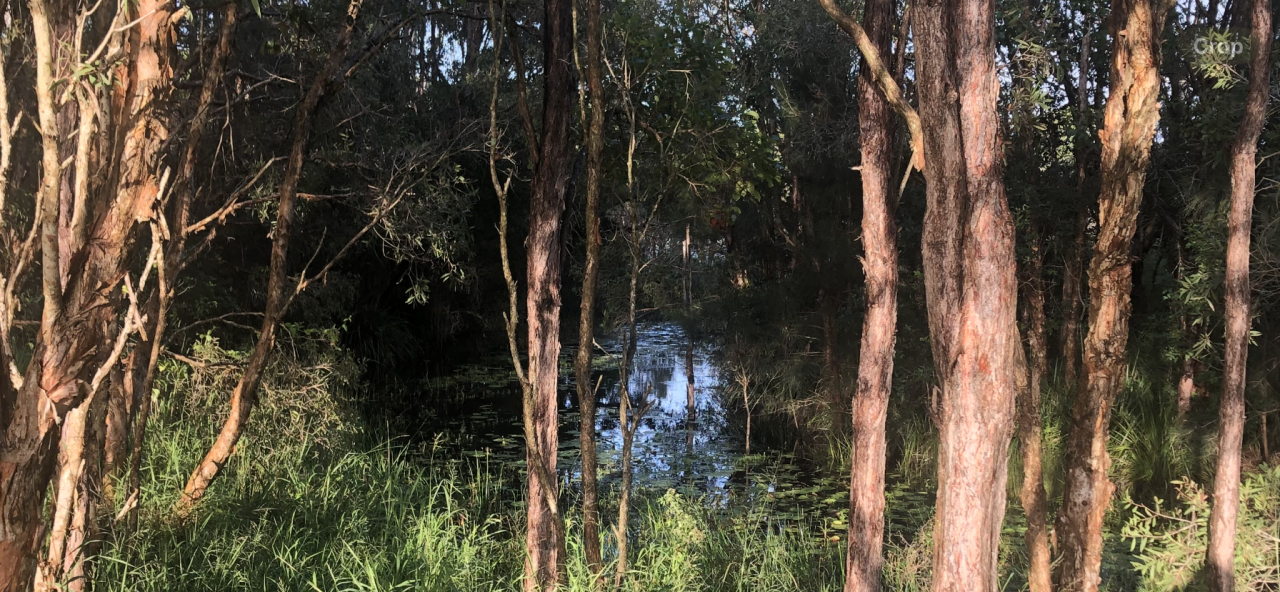Leaderboard
Popular Content
Showing content with the highest reputation on 07/27/24 in all areas
-
5 points
-
4 points
-
4 points
-
4 points
-
4 points
-
4 points
-
4 points
-
3 points
-
Nope. Tried running a marathon today but ended up running 30km. Helped me distract myself from the urges.3 points
-
@Stewbum CONGRATULATIONS and Welcome to the Lido Deck!! What a wild climb but worth it. I’m so proud of you for coming back on board and getting it done!!! Great job! L4L3 points
-
3 points
-
3 points
-
3 points
-
3 points
-
2 points
-
2 points
-
1 point
-
1 point
-
1 point
-
1 point
-
1 point
-
We're having that kind of weather too except our nearest beach is about 30 miles away. We had a bit of a heatwave come through but it cooled down today. Have a great weekend1 point
-
1 point
-
Sazerac Members 14.3k Quit Date: October 23, 2013, A Good Day to be Free. Posted February 6, 2020 Butt Emissions: Study Finds Even Extinguished Cigarettes Give Off Toxins January 29, 2020 This specially built smoking machine was used by NIST scientists to measure the emissions that come off cigarette butts long after they've been extinguished. Cigarette butts pile up in parks, beaches, streets and bus stops, places where all types of littering are frowned upon. An estimated more than five trillion butts are generated by smokers worldwide each year, and concern about their environmental impact has prompted studies of how they affect water and wildlife habitats. But despite their prevalence, almost no one has studied the airborne emissions coming off these tiny bits of trash. When Dustin Poppendieck was asked to evaluate them, he was skeptical. As a measurement scientist at the National Institute of Standards and Technology (NIST) he realized there was no standard way of analyzing the amounts of chemicals swirling in the air around cigarettes hours and days after they’d been put out, and he was intrigued. But he also thought there might not be enough chemicals present to make the measurements meaningful. What his team found, however, was that a used butt — one that is cold to the touch — can in one day give off the equivalent of up to 14% of the nicotine that an actively burning cigarette emits. “I was absolutely surprised,” said Poppendieck. “The numbers are significant and could have important impacts when butts are disposed of indoors or in cars.” The NIST measurements were performed under an interagency agreement with the Food and Drug Administration as part of its analysis of the overall impact of cigarette smoking on people’s lives. For a long time, most of the health impacts of smoking were misunderstood and often underestimated, in part because the emissions of cigarettes had not been fully assessed. Measurements and epidemiological studies over the last 50 years have improved our understanding of the health impacts of tobacco. We now know a good deal about how cigarette smoking affects smokers’ own bodies as they inhale and exhale, referred to as mainstream smoking. Work has also been done to establish the health effects of secondhand smoke, which is the emissions from the end of a cigarette, pipe or cigar, and the smoke that is exhaled by smokers. NIST scientists have measured the airborne emissions we are exposed to once a cigarette butt has been “extinguished." More recently, research has also examined thirdhand exposure, which comes from the chemical residue that stays on surfaces such as walls, furniture, hair, clothing and toys after a cigarette has been extinguished. Like mainstream smoking and secondhand smoke, thirdhand exposure can increase the risk of cancers and cause numerous other health problems, especially in the still-developing bodies and brains of infants and children. The overall goal of the recent NIST study was to quantify the emissions from extinguished cigarettes and discover what happens to those emissions when the butts are left in different environments. Poppendieck’s team measured eight of the hundreds of chemicals typically emitted from cigarettes, including four that are on the FDA list of harmful and potentially harmful constituents. They also measured triacetin, a plasticizer often used to make filters stiff. Filters were added to cigarettes in the 1950s. While they do collect part of what comes off a burning cigarette, they don’t fully negate the exposure from inhaling tobacco smoke. Filters provide a kind of handle for cigarette users who want to avoid burning their lips or fingers, wasting tobacco, or having to pull stray tobacco bits off their tongues. Triacetin can make up as much as 10% of a filter, and its low volatility means it doesn’t evaporate quickly at normal temperatures, so it could be a good indicator of long-term emissions from a butt, Poppendieck explained. The question that Poppendieck and his team considered, therefore, was not the impact of filters on smokers themselves. Rather, they focused on emissions from discarded butts, which are largely just used filters. “If you have ever sat on a park bench when somebody next to you smoked, then they got up and left their cigarette butt behind, that odor you were smelling is indicative of what we are trying to capture and measure,” Poppendieck said. “Anyone with a good sense of smell knows it’s there.” The team had to “smoke” over 2,100 cigarettes, although the scientists didn’t actually light up and inhale. Instead Poppendieck’s team built a “smoking machine” that uses robotic movements to simulate what humans do when they light up. The machine was made to move air through each cigarette in the same way, to remove some potential variables associated with the behavior of actual smokers. Extinguished cigarettes were placed in a walk-in, stainless steel chamber in order to characterize airborne emissions. The team also tried to determine if environmental differences in temperature, humidity and saturation in water would change those emission rates. Cigarettes were carefully lit and "smoked" in a machine before being recorded in the lab at NIST. Most of the chemicals from the extinguished butts were emitted in the first 24 hours, Poppendieck noted. However, nicotine and triacetin concentrations were still about 50% of the initial level five days later. The team also found that butts emitted these chemicals at higher rates when the air temperature was higher. “The nicotine coming from a butt over seven days could be comparable to the nicotine emitted from mainstream and sidestream [secondhand or thirdhand] smoke during active smoking,” Poppendieck said. This means if you don’t empty an ashtray in your home for a week, the amount of nicotine exposure to nonsmokers could be double current estimates. Figuring out what to call these newly discovered and measured emissions has been challenging. In the lab, Poppendieck and his team refer to them loosely as “after smoke” or just butt emissions. No matter what terminology is used, the research team wants people to know that the chemicals remain long after the cigarette goes out. People have been asked to not throw their cigarettes out car windows, because it takes years for the butts to degrade. Poppendieck wants people to also know they can put used butts in sealable metal or glass jars with sand instead of leaving them out in the open. “You might think that by never smoking in your car when kids are present, you are protecting the nonsmokers or children around you,” Poppendieck said. “But if the ashtray in your hot car is full of butts that are emitting these chemicals, exposure is happening.” Papers: M. Gong, N. Daniels, D. Poppendieck. Measurement of chemical emission rates from cigarette butts into air. Indoor Air. Available online in preprint format on Jan. 18, 2020. DOI: 10.1111/ina.12648 D. Poppendieck, M. Gong, V. Pham. Influence of temperature, relative humidity, and water saturation on airborne emissions from cigarette butts. Science of the Total Environment. Available online Jan. 5, 2020. DOI: 10.1016/j.scitotenv.2019.1364 Edited February 7, 2020 by Sazerac Link to original post: https://www.quittrain.com/topic/13529-cigarette-butt-emissions/1 point
-
Meanwhile, Downunder were getting an Arctic blast and experiencing English summer weather it's currently 7°C... got down to 4 overnight... it's been a cold, dry winter down the bottom of Aus. @Cbdave is further up north than me so he's probably had higher temps. We are expecting snow in the Dandenongs this weekend, that's the outer suburbs of Melbourne.0 points
This leaderboard is set to New York/GMT-05:00





















